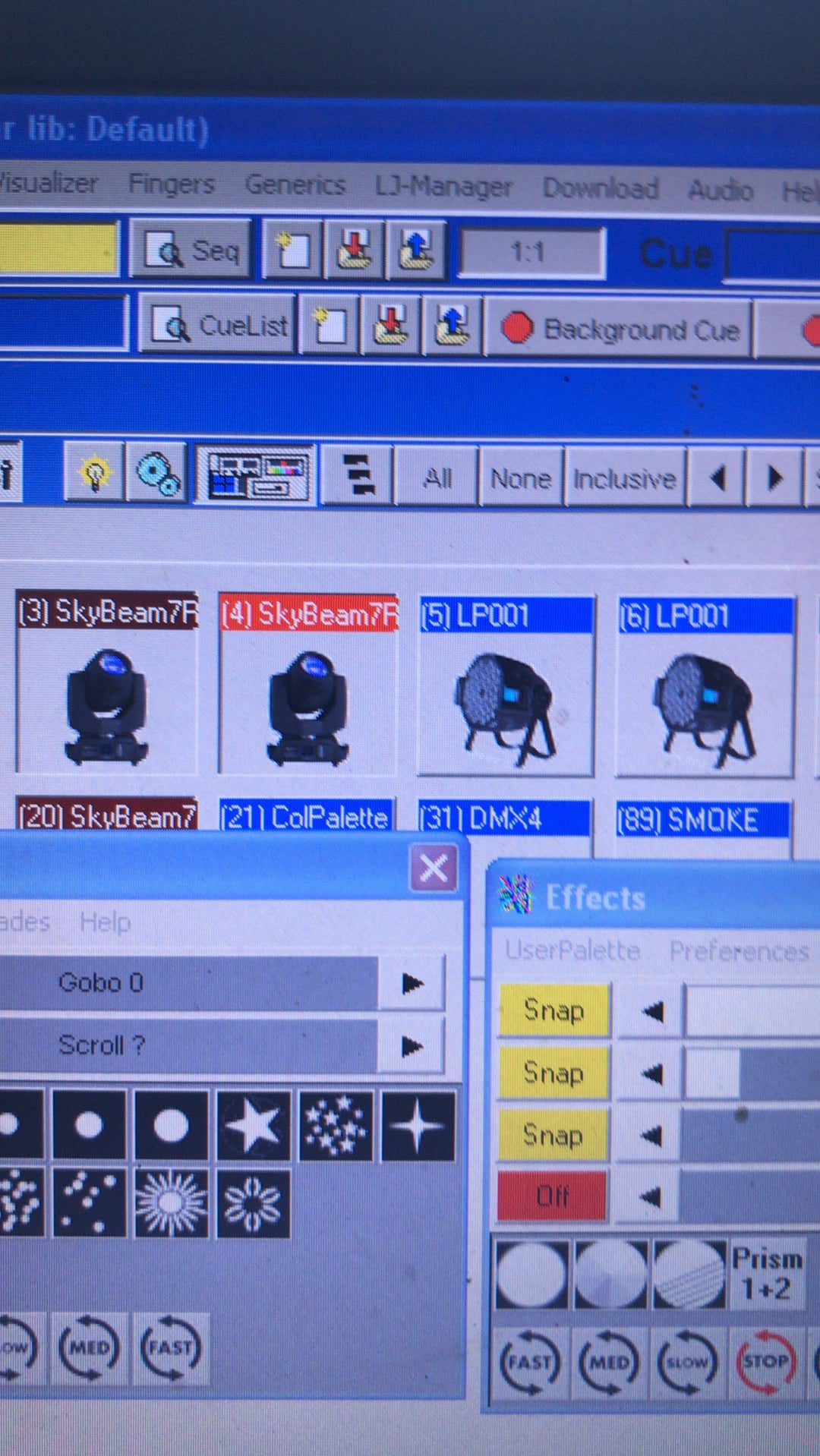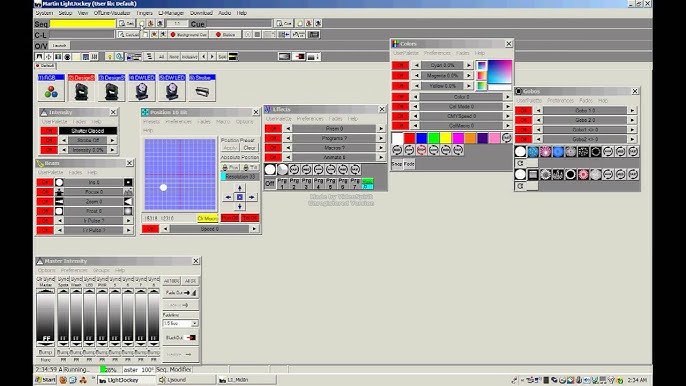Okay, let’s talk about this whole ‘light jockey’ business. It sounds kinda fancy, right? Like spinning records, but with lights. Well, my journey into it wasn’t exactly glamorous, more like stumbling around in the dark, literally sometimes.

How It Started For Me
It began pretty simply. I was helping a buddy set up for a small local band night. They had these basic coloured lights, you know, the ones that just cycle through colours or flash randomly. Looked kinda messy. I thought, there’s gotta be a better way to make this look, well, intentional.
So, I went down the rabbit hole. Started looking stuff up online. Saw people talking about DMX controllers, software, making lights dance to the music. Seemed cool. I figured, how hard can it be? Get a controller, plug in lights, make magic happen. Famous last words.
Getting My Hands Dirty
I picked up a cheap USB-to-DMX interface and a couple of basic moving head lights – nothing fancy, just wanted to see how it worked. First hurdle: DMX addressing. Each light needs a unique address? And channels for different functions – pan, tilt, colour, gobo? My head was spinning already. Spent a whole evening just trying to get one light to respond correctly using some free software I found.
The software itself was another beast. Looked like something from the dark ages of computing. Buttons everywhere, menus within menus. I just wanted to make a light move and change colour smoothly! Watched a bunch of videos, mostly guys in dimly lit rooms clicking furiously. Tried to copy what they did.
- Figuring out how to patch the lights (telling the software what lights you have and their DMX addresses).
- Trying to build a simple scene – like, just aiming the lights and setting a colour.
- Attempting to program a sequence, a ‘chase’. Made the lights go absolutely haywire more often than not.
- Realizing timing is everything, especially if you want it to look good with music.
It was frustrating. More than once, I just wanted to pack it all back in the box. You spend hours programming something that looks cool in your head, and then when you run it, the lights jitter, or one just decides to do its own thing, pointing at the ceiling.

First Real Go
After weeks of tinkering in my garage, that same buddy asked if I could “do the lights” for another small gig. Felt like a trial by fire. I spent days prepping, programming basic looks, simple movements. Nothing too ambitious.
Show night came. Setting up took way longer than I thought. Running cables, checking addresses, testing everything. Then the band started. I was there, hunched over my laptop, clicking away. Trying to match the mood. Fast songs, flashing lights. Slow songs, gentle fades. Sometimes it worked! Sometimes a light would just freeze, and I’d be frantically trying to reset it without anyone noticing.
It wasn’t perfect. Far from it. But seeing the lights actually add something to the performance, even in my clumsy way, was pretty rewarding. People seemed to like it.
Where I’m At Now
So, am I some pro light jockey now, doing huge concerts? Nah. Not even close. I still mostly tinker. Maybe help out friends occasionally. But I learned a ton. Learned about DMX, different light fixtures, software quirks. Learned how much work goes into those slick light shows you see.
It’s mostly about patience and practice. Lots of trial and error. You gotta be willing to spend hours figuring out why something isn’t working. It’s not just pushing buttons; it’s understanding how the signal flows, how the lights behave, and how to translate an idea into programmed steps.

So yeah, that’s my little adventure into the world of light jockeying. Started out thinking it was easy, got humbled pretty quick, but stuck with it. It’s a fun, sometimes maddening, hobby.